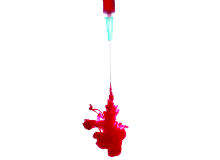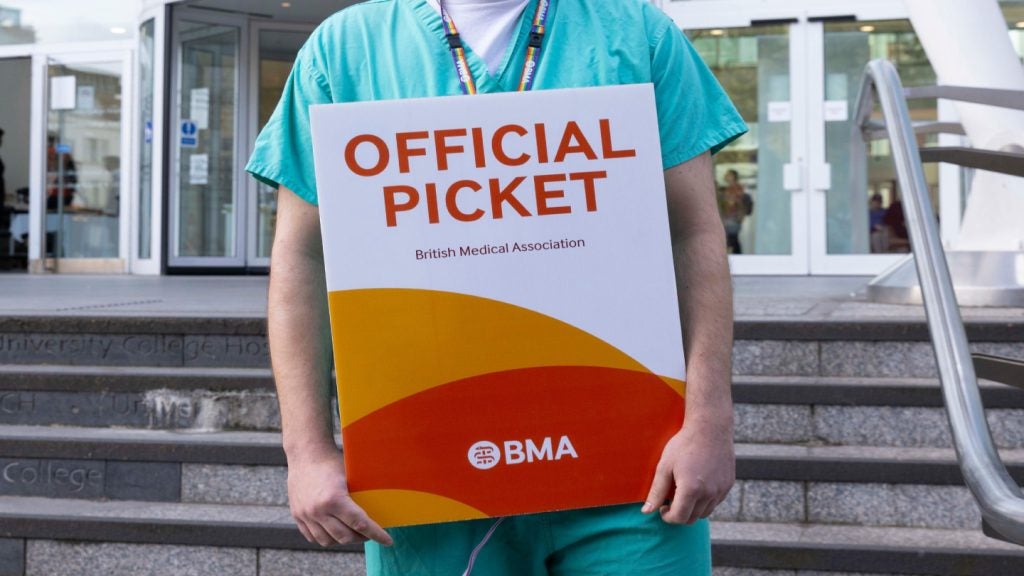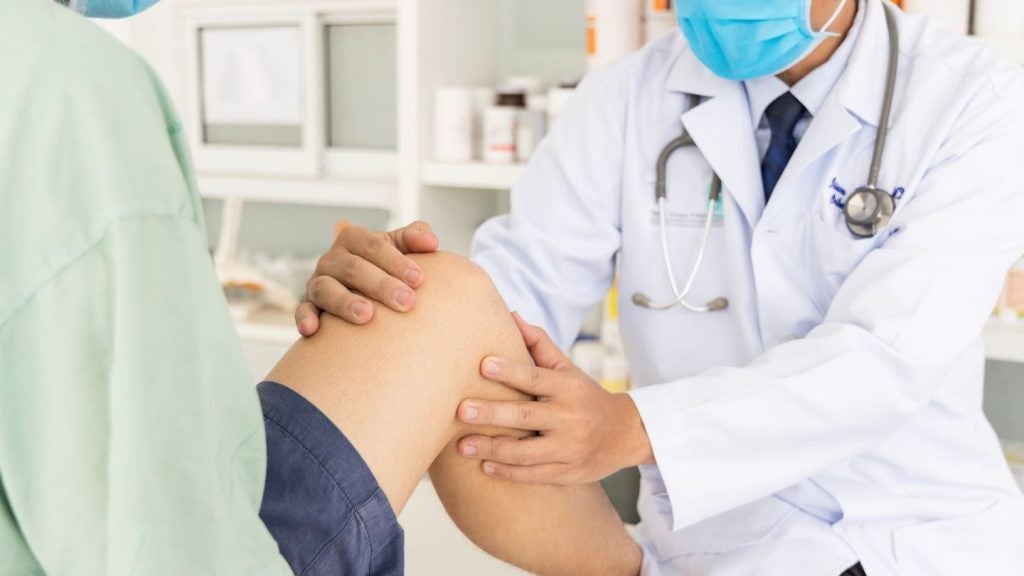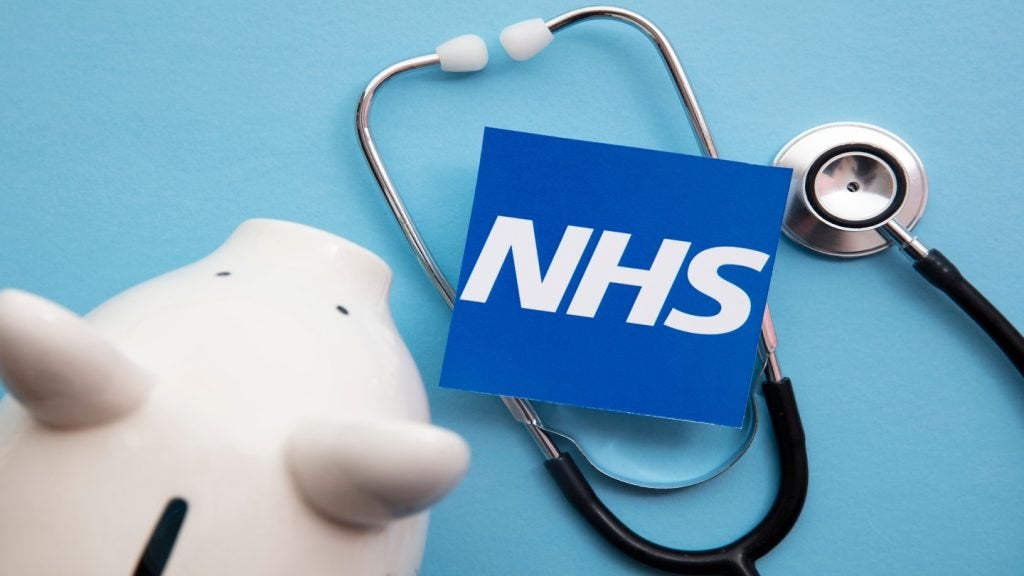
The hepatitis B and hepatitis C viruses, and human immunodeficiency virus or HIV, are bloodborne pathogens, diseases caused by exposure to the blood or body fluids of another person. Together, they cause the most infections from exposure.
In the US, the aim of the Occupational Safety and Health Administration (OSHA) Bloodborne Pathogen Standard is to help reduce, and ultimately prevent, the exposure of individuals to bloodborne pathogens. In addition it seeks to ensure that, following exposure, appropriate management of the case is provided from the outset.
It is the responsibility of all US employers of healthcare workers to ensure that their staff are protected against any exposure to bodily fluids, either through sharps injuries or any other procedure or situation that might lead to it. The OSHA bloodborne pathogens standard (29CFR1910.1030) – and subsequent updates to it – are legal requirements for any work setting in which there is a possibility of on-the-job exposure to blood, bloody body fluids or fluids containing other potentially infectious materials (OPIM).
These include: cerebrospinal, pericardial, pleural, peritoneal, synovial and amniotic fluids; semen; vaginal secretions; and fluids that cannot be differentiated. However, it’s important to note OPIM does not include tears, sweat, saliva (except in dental settings), urine or stool, as these do not contain bloodborne pathogens unless they are visibly bloody. However, they may contain other pathogens, so protection for all body fluids is a must.
Sharps injuries
Scenario 1: Sally is a registered nurse in an ambulatory surgery centre (ASC), where she has worked for more than ten years. She is starting an IV and as she removes the stylet, the patient jerks and Sally sticks herself with the bloody needle.
See Also:
What could have helped prevent this exposure?
A use of a safety engineered needle with a finger-activated sheath
B use of a retractable needle
C use someone strong to hold the patient still until the procedure was done.
Answer: A and B
How well do you really know your competitors?
Access the most comprehensive Company Profiles on the market, powered by GlobalData. Save hours of research. Gain competitive edge.

Thank you!
Your download email will arrive shortly
Not ready to buy yet? Download a free sample
We are confident about the unique quality of our Company Profiles. However, we want you to make the most beneficial decision for your business, so we offer a free sample that you can download by submitting the below form
By GlobalDataIn spite of some sharps injuries being unavoidable, employers must do everything they can to prevent exposure. This includes implementing the use of sharps with engineered sharps injury protections, which are non-needle sharps or needle devices used for withdrawing body fluids, accessing a vein or artery, or administering medications or other fluids with a built-in safety feature or mechanism that effectively reduces the risk of an exposure incident.
It is not acceptable for employees to use the defence ‘I don’t like it’ as a justification for not using safety sharps devices. Some sharps, such as spinal needles, are already starting to become available with safety features.
The OSHA calls for engineering controls, initially, to provide protection for healthcare workers. This means that if a device or process can be engineered to be safer, then it must be used, regardless of cost. Such devices include: blunt needles for internal sewing, and retractable needles or those with safety shields built in; Mylar-wrapped capillary tubes; plastic blood specimen tubes instead of glass; needleless IV systems; and safety scalpels. But it is important to note that all safety device evaluation programmes must include front-line workers rather than simply imposing them on staff based on cost.
Failing that, if engineering alone cannot mitigate the hazard, the onus must fall on employees to undertake safety controls and practices, and on their employers to support them. An example is not recapping needles, which will almost certainly result in a sharps injury.
If these precautions fail to help reduce or even remove the risk because of the nature of the setting, then personal protective equipment (PPE) is another option. PPE is intended to protect the healthcare worker from the hazard, an example being the use of impermeable gowns for surgery. Gloves must be worn to prevent contact with blood and body fluids while starting IVs, drawing blood and dressing bloody wounds. Masks and eye shields must also be worn if spraying or splashing of the face is anticipated. Moisture-resistant or waterproof booties are another good example of dress used in the operating room (OR) to protect feet from irrigation fluids mixed with blood or OPIM.
Another important consideration is that many PPE items are only intended for single use. However, washable gowns are acceptable for use but must be limited to a single patient. Non-disposable goggles and face shields must be covered by a policy for cleaning and disinfection between uses and wearers.
Scenario 2: You’re working at full speed to clear the last of the patients out of the operating room (OR). Surgical technician Tom comes out of the OR at the end of a case and tells you he’s been stuck by a contaminated scalpel blade. The surgeon passed it back and nicked Tom’s hand. He stepped away from the table so he wouldn’t bleed into the surgical site, and then washed it with antiseptic soap. Tom now has a dry, sterile bandage on his small, deep puncture wound.
What needs to happen to protect Tom from bloodborne pathogens?
A nothing – the surgeon assessed the patient for risk of bloodborne pathogens and there was no risk.
B the source patient must have the following labs drawn – hepatitis B surface antigen, hepatitis C antibody and HIV antibody
C Tom must be drawn for hepatitis B surface antibody, hepatitis C and HIV, and the results of the source-patient testing given to a provider who is knowledgeable in bloodborne pathogen exposures – and who will follow up with Tom for management of the exposure.
Answer: B and C
Tom’s employee health record should be examined for what specific piece of information?
A his hepatitis B vaccine status – did he have the vaccine and did he develop antibodies?
B his immunisations/immunity to mumps, measles and rubella.
C his pertussis status.
D none of the above.
Answer: A
Under OSHA rules, settings in which exposure can occur should have an exposure control plan – aimed at preventing it and ensuring the proper evaluation and follow-up of exposed employees – available and in writing. In the US, many ambulatory care settings have already established written agreements with nearby emergency departments or occupational medicine and infectious disease clinics. Those agreements mean partners will keep employees’ personal health information out of their clinic or ASC, and ensure that correct follow-up procedures are adhered to.
Labs must be drawn on the source patient and the employee. The source is tested for hepatitis B surface antigen, hepatitis C and/or HIV in their blood. The exposed worker is tested for antibodies to hepatitis B from the vaccination or from having the disease, and for hepatitis C and HIV to demonstrate that they did not have these diseases at the time of the injury.
Following the test, samples should be transported to a clinical laboratory as soon as possible so that results can be obtained quickly. Depending on those results, Tom may need immediate treatment to reduce his risk of acquiring hepatitis B or HIV from the puncture. Unfortunately, at this point there is no treatment for exposure to hepatitis C other than serial testing.
It’s good to know ahead of time exactly which tubes to draw, where the specimens will be sent, how quickly results will be available, and whom they will call with the results. This information should all be included in the written exposure control plan.
Scenario 3: The test results conclude that the patient is HIV positive. The rapid test will have to be confirmed with a Western Blot, but the rapid test is quite reliable. The tests for hepatitis B and hepatitis C will take a bit longer. The surgeon speaks with the patient and learns that she is aware she is HIV positive and is being seen by an infectious disease physician. She didn’t mention it to the surgeon prior to her surgery because she was embarrassed.
What needs to be done for Tom?
A call an infectious disease physician on Monday and see when an appointment is available
B send him to the occupational medicine referral office that has the expertise to manage this high-risk exposure
C start him on antiretroviral medication
D wait until the results of the other two tests are available before doing anything.
Answer: B and C
Access to someone with knowledge and experience in managing HIV exposures is crucial and should be made available immediately at all times. This is especially important if the facility is open after normal business hours, evenings, nights or weekends.
It is crucial for an HIV-exposed employee to be placed on an antiretroviral medication treatment programme within hours. Waiting until Monday or sending them to a provider that doesn’t have an adequate understanding of the importance of an exposure management strategy could result in them (and Tom) becoming infected with HIV. It is also important to note that a member of staff might have medical conditions that contraindicate certain antiretrovirals.
Because the source-patient knows they are HIV-positive and is already being treated, a viral load might be available to guide treatment. HIV medications are not benign and this means many healthcare workers are not able to take them for the full four weeks due to severe side effects.
If Tom had received the hepatitis B vaccine and developed antibodies then he would have been protected against it. If not, hepatitis B immune globulin and hepatitis B vaccine should be administered in two different sites. The follow-up test for antibodies to hepatitis B should be done several weeks after the third injection. The immunisation record and result should be kept in Tom’s employee health file. These may be maintained on-site or at a contracted provider’s office. They should not be accessible to clinic ownership, only to those involved in Tom’s care.
The AIDS epidemic changed healthcare workers’ perception of needlestick and other contaminated sharps injuries. Prior to it, it is estimated fewer than one in ten such injuries was ever reported.
That has improved to some degree, but the frequency of the reporting is often dependent on what the employee does or doesn’t know about the risks, the type of injury, and the history of the patient.
In December 1991, OSHA published the first bloodborne pathogens standard (29CFR1910.1030) as a direct result of the new risks facing healthcare workers. Prior to this, OSHA was not very involved in hospitals and healthcare. Today, its standards are federal law and apply to everyone in the US.
Key take-aways
- Have a written plan that addresses each element of the OSHA standard.
- Use safety sharps devices for all sharps products, if available.
- Teach employees about safety sharps devices, safe work practices and personal protective equipment. Document education on hire (orientation) annually and if the job changes the exposure risk, enforce standards.
- Provide hepatitis B vaccine series or have a signed declination on file.
- Have a solid plan for management of blood and body fluid exposures, including labs and a referral provider with expertise in management available at all times.







